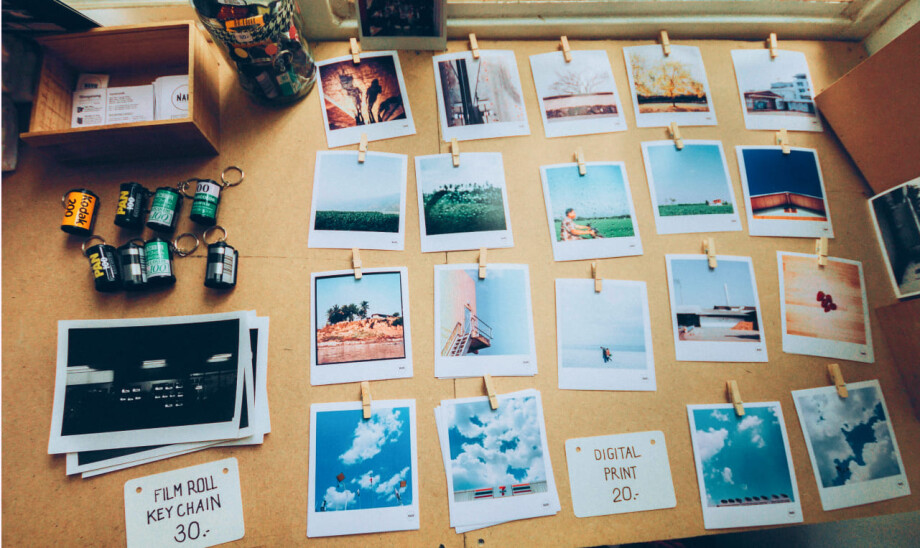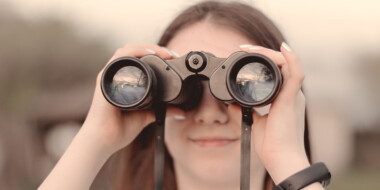The day has come. You don’t know what to do. No ideas, no energy, no inspiration, no “nothing”. YOU HAVE RUN OUT OF TOPICS for your lessons. You have already covered plenty of cool themes with the students who want to “only talk and discuss” during the lessons. I’m sure you have one, don’t you?
No panic! There is always a way, a solution. Well, photography might easily spark the interest of a student and help you do a great lesson. IMAGE. You may use it in any lesson and make it a base for a productive class full of discussions starting with the trivial “What is your favourite picture?” and finishing with the heated debates trying to find out whether photography is an art or not.
Check some ideas and resources below on the topic of Photography.
Discussion questions
Without questions, it is hard to navigate the speaking class. So, some examples:
Warm-up/Cool-down questions:
- What comes to your mind when you hear the word “photography”?
- Do you like taking pictures?
- Have you ever wanted to be a photographer?
- Do you prefer taking photos or being in the pictures?
- Are photos part of your everyday life?
- How often do you take pictures?
- When was the last time you took a photo?
- Tell me about the best/worst/funniest/craziest/most creative picture of yours?
- What are the best/worst locations for photos?
- When is a great time to take pictures?
- Do you know any famous photographers?
- Are you familiar with any popular pictures?
- Is photography an art?
More examples in the articles: Photography conversation questions and English Discussion on Photography
Videos
Different videos give great opportunities to organize a lesson: warm-up activity, relaxing moment, cool video from Ted, or any other resources to discuss during the whole lesson.
Examples:
- “The last shot” — a short animated video is the right call for the start of the class. It might help you to present a topic. Students can watch the video and discuss it, find the main idea, and even better — try to dub the video if you are working in groups. You should divide your students into pairs and give roles: a camera and a girl. Then you turn on the video and the students do the voice-over (dubbing) using their ideas, remarks.
- “Taking pictures” — a lovely video to introduce the topic.
- “Imagination” — a short video to ask students their opinions and engage in the topic.
Videos from TED:
- “Impossible photography” — a photographer is talking about how to create amazing images.
- “How photography connects us” — about the power of photography.
- “The therapeutic value of photography” — a photographer is telling his personal story of the value of taking images.
- “My wish: let my photographs bear witness” — a speech by a war photographer.
- “This is what enduring love looks like” — using photos to make a recollection of the past.
Videos from YouTube:
- “Beginner photography mistakes” — a blogger gives some advice on how to avoid mistakes when you start taking pictures.
- “5 priceless street photography tips from a pro” — technical tips on street shooting from a professional photographer.
- “10 famous photographers” — some information on 10 famous photographers in history according to a speaker. It might be a nice base to delve into the world of professionals.
- “Law and Ethics in street photography” — to shoot or not to shoot, rules and tips on taking photos of strangers.
- “What makes a good photograph?” — an interesting video on trying to find out if we could divide photos into good and bad (personal view of a blogger).
Songs
Include in lessons songs about photographs and memories. They will help you create the atmosphere and turn on emotions.
- “Photograph” by Ed Sheeran
- “Photograph” by Nickelback
- “Paparazzi” by Lady Gaga
- “Polaroid” by Keith Urban
- “Photographic” by Depeche Mode
Pictures
Well, it would be hard to do a lesson without a picture itself. So, let us use all the possibilities to delve into the world of images:
- Social sites. They are full of pictures and you can use any to discuss them during a lesson. You may: describe your students’ pictures from the sites (Instagram*, Facebook*, VK), make comparisons (past-present), use images of celebrities, discuss clothing, emotions, background, places, people, etc.
- https://www.bbc.com/news/in_pictures — striking pictures from all over the world.
- https://www.nytimes.com/topic/subject/photography — images and stories to discuss hot topics.
- https://edition.cnn.com/2013/09/01/world/gallery/iconic-images/index.html — 25 iconic photos according to CNN.
- https://www.digitalphotomentor.com/20-most-famous-photographs/ — famous pictures and their stories.
- https://www.theguardian.com/news/series/ten-best-photographs-of-the-day — best photographs of the day.
- https://www.nationalgeographic.com/photo-of-the-day/media-spotlight/beach-wind-mexico-baja-california — pictures from NatGeo.
A talented photographer Sally Mann once said: “Photographs open doors into the past, but they also allow a look into the future.” Let’s live in the present and do great lessons discussing what the past holds and what the future will bring, may photographs uncover the mystery…
It takes time to find and create materials for personalized lessons. Skyeng teachers are offered ready-made activities on almost any topic!
If you teach high-level students and prepare for exams, then don’t miss the opportunity to become a part of our family.






 Маргарита Аветисян
Маргарита Аветисян 
 Вероника Аветисян
Вероника Аветисян 


